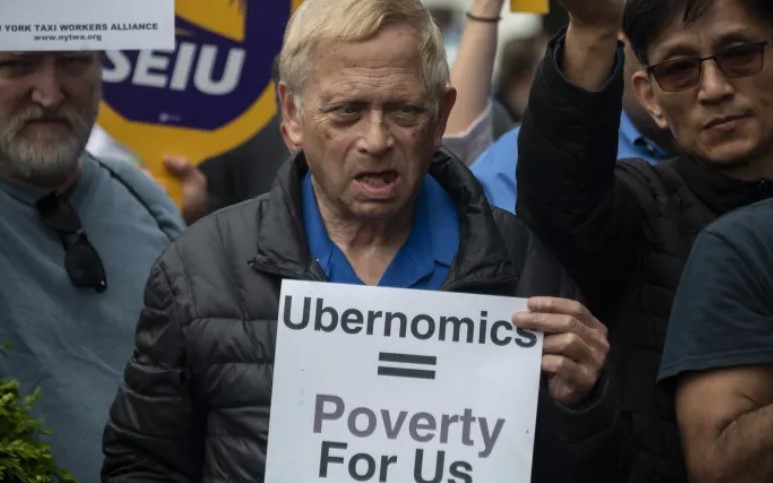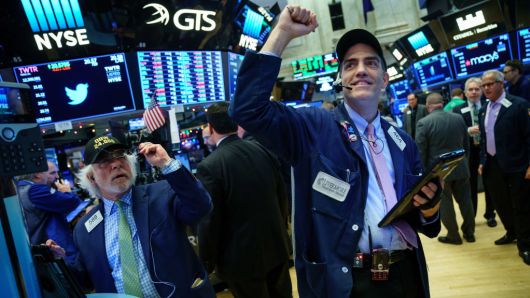
Ride-hail drivers’ average pay per trip in New York City has increased to $16.63 from $14.22 since the city implemented a minimum pay requirement in February — the first wage rule imposed on these companies in the US — according to data from ride-hailing companies that the NYC Taxi & Limousine Commission shared exclusively with BuzzFeed News.
“For years these companies have pushed drivers deeper into poverty. We stood up for New Yorkers and we won. Now, we’ve put real money back into the pockets of hardworking drivers so they can support their families,” Mayor Bill de Blasio said in a statement. New York set a pay floor of $17.22 per hour, after expenses, for ride-hail drivers. The city in 2018 also capped the number of ride-hail vehicles for a year while it studies the impact the industry is having on the city. Uber and Lyft said in February that they would increase prices in New York as a result of the new law.
The city estimates that drivers have been paid an additional $172 million since the rules went into effect, based on the average per trip increase on 71 million trips taken between February and the third week of May. It estimates that drivers will see their net personal earnings increase by roughly $10,000 per year.
Bhairavi Desai, executive director of the New York Taxi Workers Alliance, said: “Driver incomes have gone up because of both the pay rates as well as the vehicle cap. And importantly, drivers no longer have to work with the insecurity that rates will be lowered to poverty levels and without notice, and after they’ve already invested in the car and insurance.”
Yet some ride-hail drivers say they continue to struggle financially, even with the new pay floor, because there are already too many drivers on the road, and they are not on the clock for time spent commuting from one job to the next or for idle time between rides on slow days.
“It’s a little better than before, if you get enough jobs,” said Amara Sanogo, who drives for both Uber and Lyft. The problem is, “it’s not steady.”
Sanogo said that although it’s too early to estimate the increase in his annual pay, when asked whether it seemed as if it would approach $10,000, he said, “I doubt it,” and cited expenses that the city doesn’t account for, such as tickets and fines.
Dolores Benitez, who drives for Uber, Lyft, Via, and Juno, said, “I’m not getting enough rides to make that money.”
The city’s cap on ridehailing vehicles is set to expire in August, and today Mayor de Blasio announced plans to extend the cap for a year and add new restrictions on how long companies let cars cruise empty without passengers in central Manhattan (below 96th Street) to reduce congestion and reduce competition for trips. NYTWA’s Desai said the city needs to “control the number of new vehicles so active drivers get more trips per shift” and “require companies [to] pay drivers whichever is higher — a regulated percentage of the passenger fare or the minimum rate.”
Uber, meanwhile, argues that the city’s cap on the number of ride-hailing vehicles will only make things harder for drivers because it restricts access to licensed vehicles, creating an inflated market for these cars, similar to the taxi medallion bubble. A spokesperson said in a statement, “You can’t look at the impact of the earnings rule without factoring in the Mayor’s cap, a medallion-like system that locks many drivers into exorbitant rental fees costing them thousands of dollars a year.”
Ride-hail drivers in New York are not alone in expressing frustration over their pay. A BuzzFeed News analysis of Uber data found that drivers in late 2015 earned about $13.17 per hour after expenses in the Denver market (which includes all of Colorado), $10.75 per hour after expenses in the Houston area, and $8.77 per hour after expenses in the Detroit market — which was less than the $10 an hour minimum Walmart promised to pay its employees at the time.
























